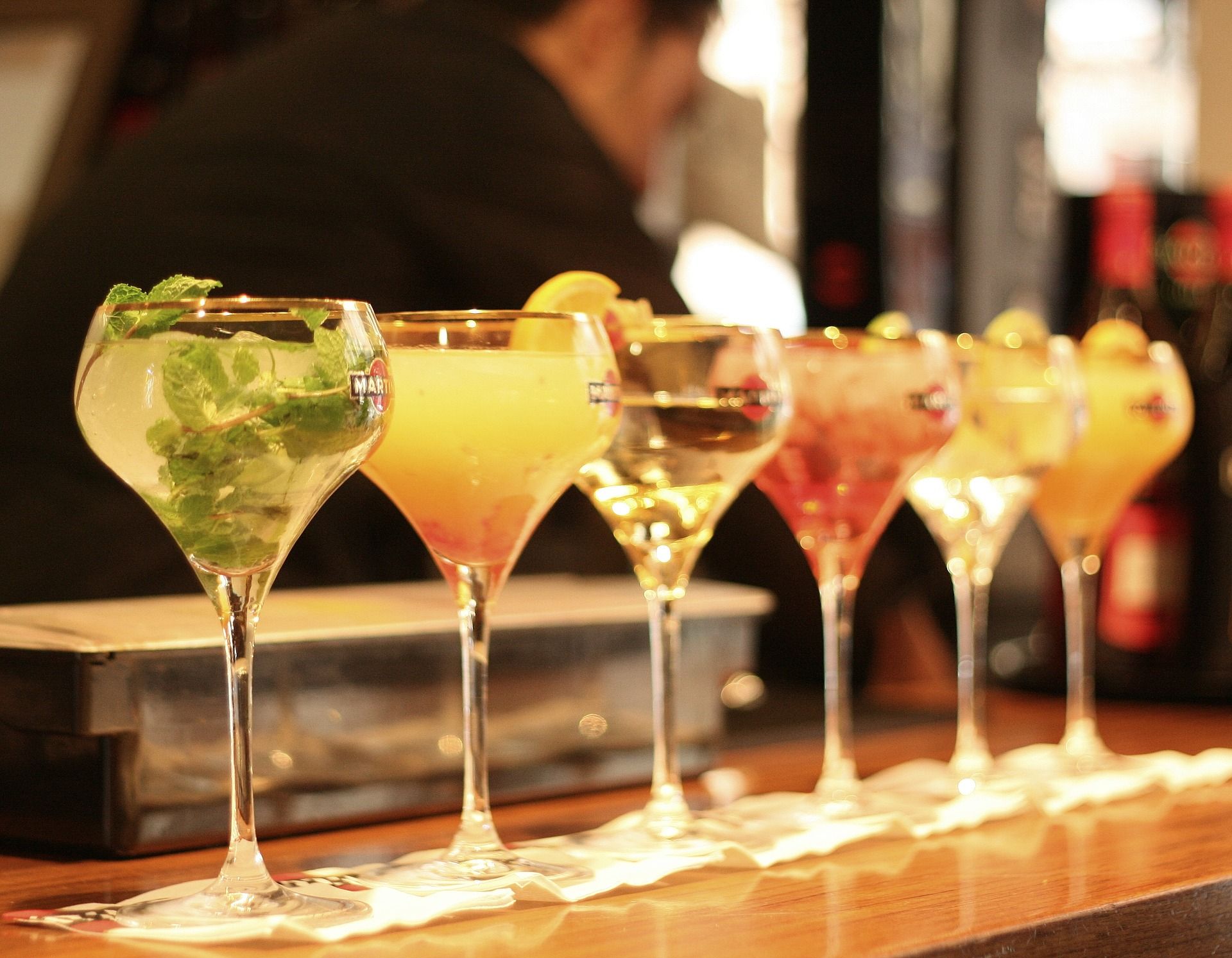Planning your own trip? Prepare for your trip
Use Rough Guides' trusted partners for great rates
Travel advice for Spain
From travel safety to visa requirements, discover the best tips for visiting Spain
- Getting around Spain: Transportation Tips
- How to get to Spain
- Spain travel tips for first-timers: What to know
- Best time to visit Spain
- Is Barcelona worth visiting?
- How to plan a trip to Spain: the best itinerary planner
- Weather in Spain in March
- Weather in Spain in April
- Weather in Spain in December
- Weather in Spain in January
- Weather in Spain in February
- Travel health tips for Spain





















